Advancements in Robotics
The rapid advancements in robotics technology significantly influence the Linear Actuator Market. As robotics applications expand in sectors such as logistics, healthcare, and agriculture, the requirement for high-performance linear actuators becomes increasingly critical. Recent estimates suggest that the robotics market could reach a valuation of over 200 billion by 2025, indicating a robust growth trajectory. This surge in robotics applications necessitates the integration of sophisticated linear actuators, which provide the necessary motion control and precision. Consequently, the Linear Actuator Market is likely to experience heightened demand as robotics continue to evolve and proliferate across various applications.
Rising Demand in Automation
The increasing demand for automation across various industries appears to be a primary driver for the Linear Actuator Market. As sectors such as manufacturing, healthcare, and automotive embrace automation, the need for precise and reliable actuation solutions intensifies. According to recent data, the automation market is projected to grow at a compound annual growth rate of approximately 9% over the next five years. This growth is likely to propel the demand for linear actuators, which are essential components in automated systems. The Linear Actuator Market is thus positioned to benefit from this trend, as manufacturers seek to enhance efficiency and productivity through automated solutions.
Growth in Renewable Energy Sector
The growth in the renewable energy sector serves as a significant driver for the Linear Actuator Market. With a global shift towards sustainable energy sources, the demand for efficient actuation solutions in wind turbines and solar tracking systems is on the rise. Data indicates that the renewable energy market is expected to grow at a rate of approximately 8% annually, creating opportunities for linear actuators that facilitate the movement and positioning of energy generation equipment. This trend underscores the importance of the Linear Actuator Market in supporting the transition to renewable energy, as these actuators play a crucial role in optimizing energy production and efficiency.
Increased Focus on Smart Manufacturing
The increased focus on smart manufacturing is driving innovation within the Linear Actuator Market. As industries adopt Industry 4.0 principles, the integration of smart technologies into manufacturing processes becomes paramount. Linear actuators equipped with sensors and IoT capabilities enable real-time monitoring and control, enhancing operational efficiency. The smart manufacturing market is projected to grow significantly, with estimates suggesting a potential market size of over 300 billion by 2026. This growth indicates a strong demand for advanced linear actuators that can seamlessly integrate into smart manufacturing systems, thereby propelling the Linear Actuator Market forward.
Emerging Applications in Medical Devices
Emerging applications in medical devices represent a vital driver for the Linear Actuator Market. The healthcare sector increasingly relies on precision engineering to develop advanced medical equipment, such as surgical robots and patient handling systems. The medical device market is anticipated to grow at a compound annual growth rate of around 7% in the coming years, highlighting the potential for linear actuators in this field. These actuators provide the necessary motion control for various medical applications, ensuring accuracy and reliability. As the demand for innovative medical solutions rises, the Linear Actuator Market is likely to expand in tandem, catering to the evolving needs of the healthcare sector.


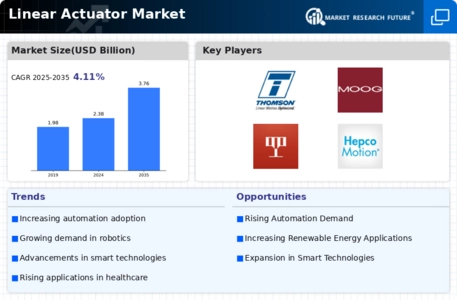
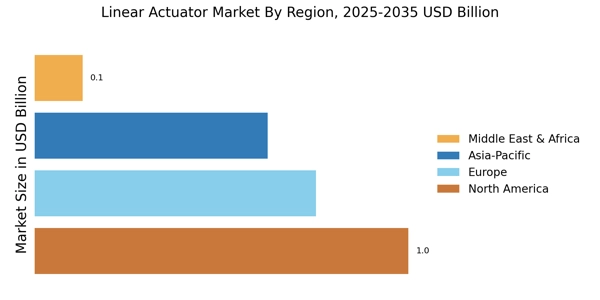
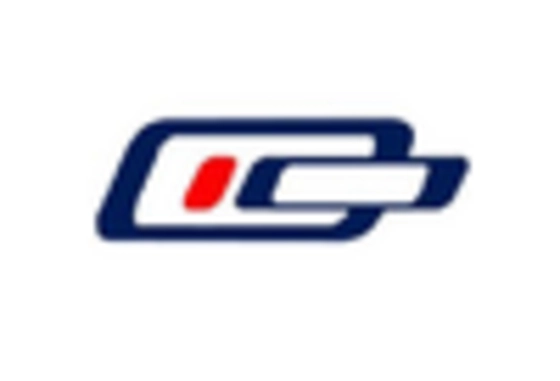

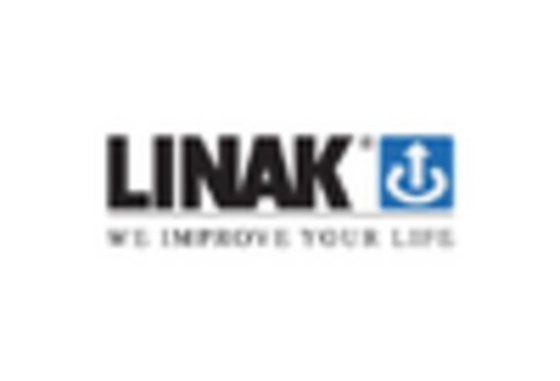
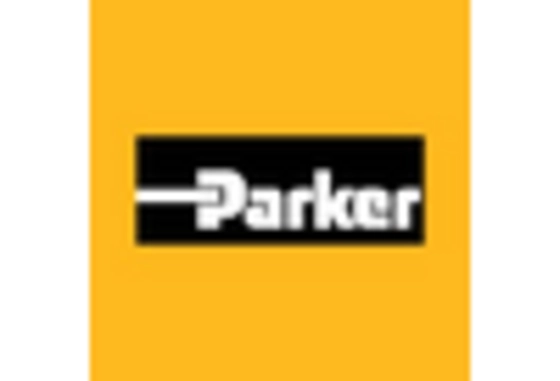

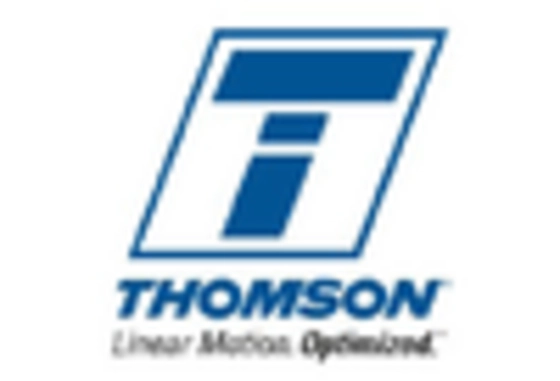








Leave a Comment